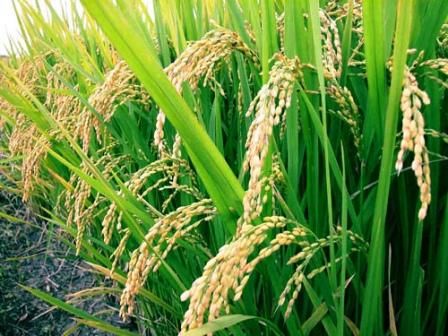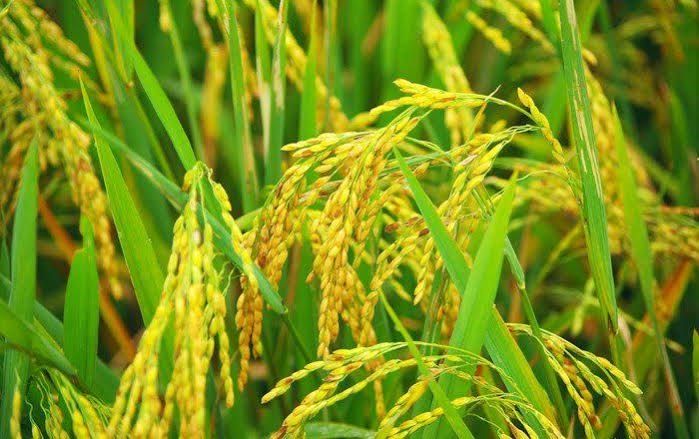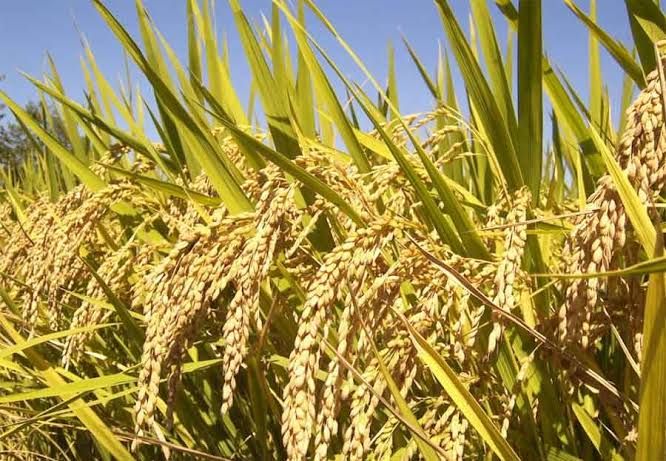
Follow these measures for abundant yield of paddy and keep it healthy. To keep your produce healthy, there should be proper management of pests, diseases and weeds. Let us know how farmers should prevent pests and control diseases in the paddy crop.
The recommended quantity of fertilizer should be used on the basis of soil test. For more profit, hybrid paddy requires more integrated nutrients than normal paddy. For this, 150 kg nitrogen, 75 kg phosphorus and 60 kg potash and 25 kg zinc sulphate per hectare are required as per requirement. At the time of planting, half the amount of nitrogen and full amount of phosphorus and potash should be applied. The remaining amount of nitrogen is divided into two equal parts. You should use it as dressing during the time of sprouting or booting of cabbage.


Use spade or paddyweeder to destroy weeds in paddy. This work can also be done by weed killer chemicals. Butachlor 5 percent granules 30-40 kg for control of grass species and broad leaf weeds in transplanted paddy. per ha. Or Benthiocarb 10 percent granules 15 kg or Benthiocarb 50 EC. 3 l. Or Pendi Mathaline (30 EC) 3.3 litres. Or Anilophos 30 EC. 1.65 liters per hectare. It would be advisable to do this within 3.4 days only in good humidity conditions. To control only broad leaf weeds, 2-4 D Sodium Salt Car at the rate of 625 grams per hectare can be used. It should be used one week after transplantation of paddy and 20 days after direct sowing.

To prevent weeds through chemicals, it is very important that while using granular chemicals, the field should be filled with 4-5 cm of water. Use of fuchlorolin at 2.0 litre/ha. This should be done before planting.
As soon as the symptoms of the disease appear, drain the water from the field and apply 15 grams of streptocycline and 500 grams or 1.00 kg of copper oxychloride. Trichoderm virida is possible by removing water from the field and dissolving 15 grams of streptocycline in necessary water per hectare. Do 2 to 3 sprays.